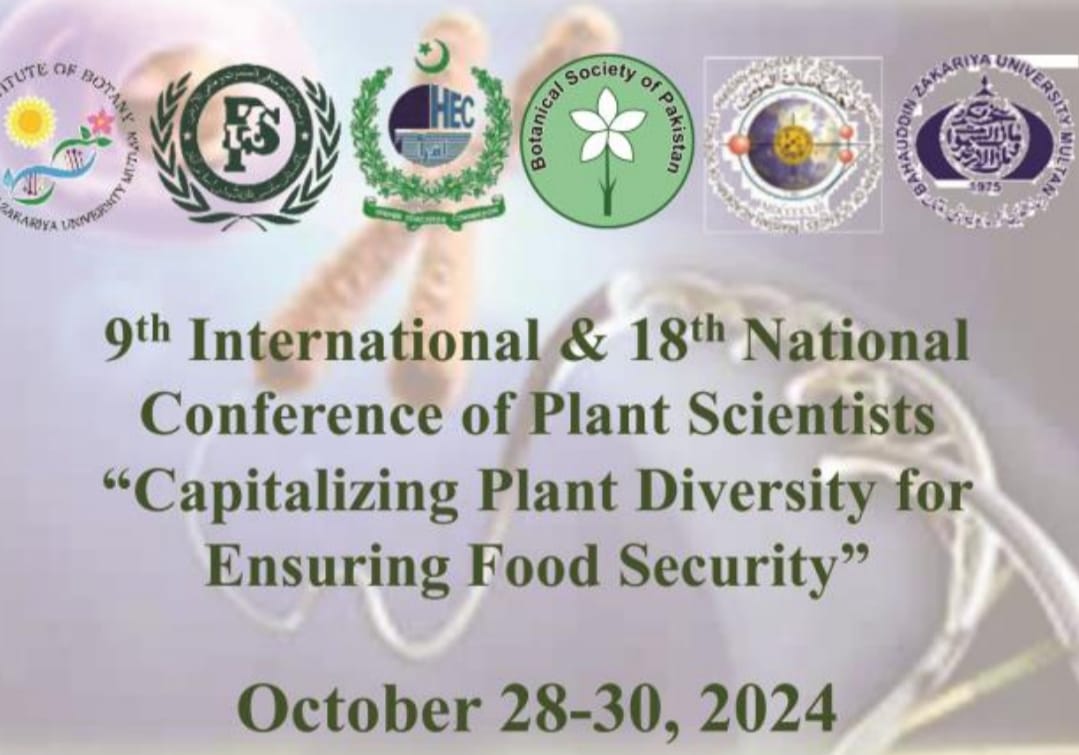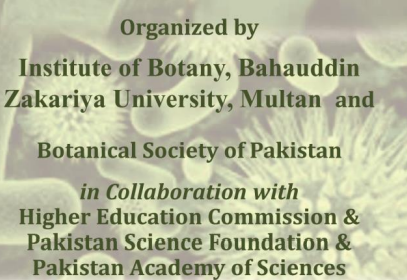
PJB-2024-328
ANTIFUNGAL ACTIVITY OF EXTRACTS FROM ULVA, SARGASSUM, AND GRACILARIA AGAINST THREE FUNGAL PATHOGENS AND GC-MS ANALYSIS OF THE MOST EFFECTIVE EXTRACTS
B.K.D.M. Rodrigo
Abstract
Coastal marine macroalgae are highly diverse and rich in bioactive compounds, though only a few studies have explored their antifungal potential against plant pathogens in Sri Lanka. This study investigated the antifungal activity of Ulva sp., Gracilaria sp. and Sargassum sp. from Thalpe reef, Galle, Sri Lanka, against the fungal pathogens Lasiodiplodia theobromae, Pseudopestalotiopsis theae and Diaporthe eugeniae. These pathogens cause leaf necrosis, leaf chlorosis and leaf blight, respectively, in Solanum melongena plants. Sequential crude extraction using ethyl acetate and methanol was employed, and the responsible chemical compounds were identified. The poisoned food technique was used for antifungal activity screening. Extracts showing the highest antifungal activity were further analyzed using Gas Chromatography-Mass spectrometry (GC-MS). The best inhibition against D. eugeniae and P. theae was exhibited by Ulva-ethyl acetate (UE) at 2000 ppm with inhibition rates of 79.29% and 56.68%, respectively. Ulva-methanol (UM) at 2000 ppm showed the highest inhibition against L. theobromae at 43.09%. These results revealed UE and UM extracts are effective in controlling fungi. GC-MS analysis revealed the presence of three, nine and seven compounds in the UE, UM and Gracilaria-ethyl acetate (GE) extracts, respectively. The most abundant components identified with antifungal activity were Dihydroactinidiolide (30.02%), 4-Hydroxy-2-butanone (37.37%) and 6,10,14-Trimethylpentadecan-2-one (58.86%).
To Cite this article:


